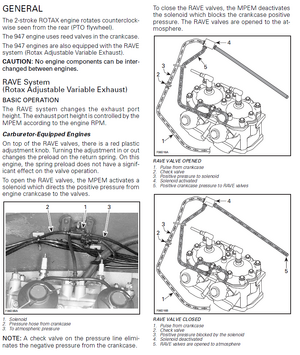Good points Grim. I'd be curious as to why they decided to make the change too since the raves designed differently in their earlier engines. The emission standards you mentioned makes sense to me.So my thought on this is to ask why was the solenoid designed into the system in the first place......if leaving it off would make it function just as good? Only possible thing I can think of, other than it doesn't work (well) that way, is that it helps with emission standards of the time....we all know how the govt can make crap complicated.
Looking at the system, it seems like this mod is very similar to the "drill" mod, unless the pressures(exhaust vs crank case) are different in a way that would make this mod not work. I'm wondering if the solenoid acts like a pressure regulator to help smooth out the rave valve actuation, and without it you may get stuttering...just an idea!
I agree it likely comes down to the pressure created from the crankcase. I don't see why it wouldn't since the crankcase pressure has to be strong enough to open the solenoid to begin with. My assumption is the solenoid is simply opening and closing (ie. allowing the air pressure to flow through it or not). When the to solenoid opens the raves open, and when it closes the raves close. Someone can correct me if I'm wrong about that.
If it ultimately works the same as drilling the housing, I think that's a win as it's a much easier modification! I plan on giving it a shot once I get the ski back in the water. I don't see how it'd hurt the engine in any way. I've felt the on/off aspect of the raves opening through the solenoid, so if it can smooth out the powerband without affecting the lower rpms, I think it would be worthwhile.




